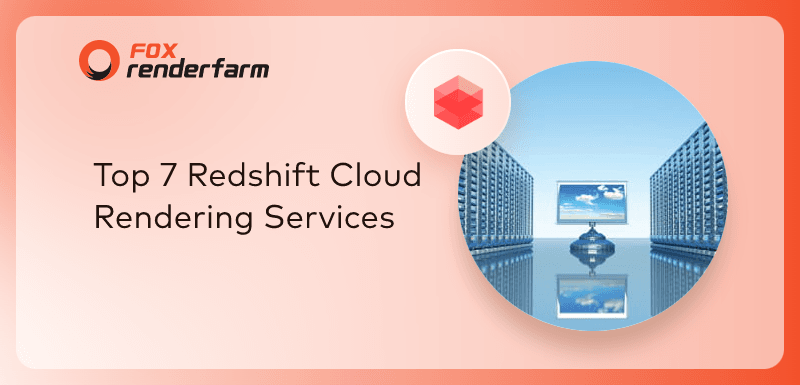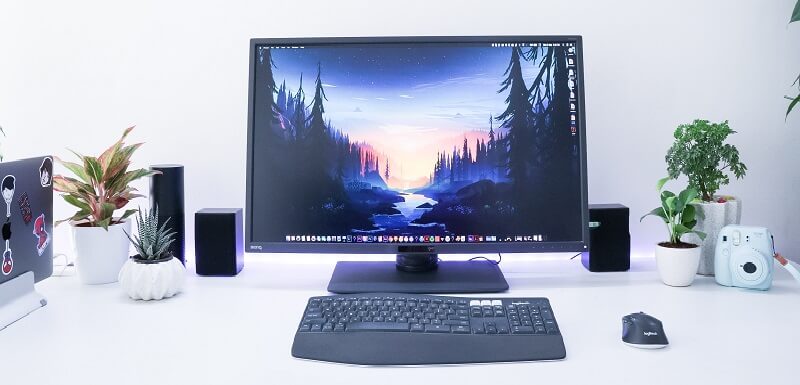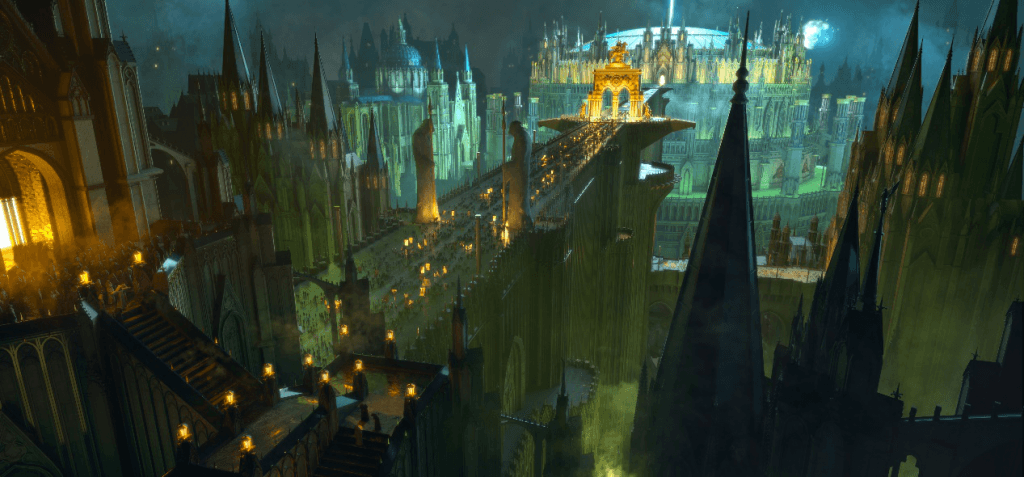Redshift Tutorial: What is Redshift Round Corners?
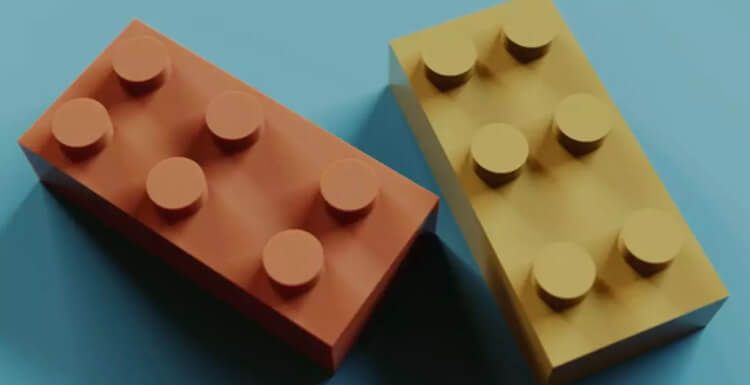
As the leading cloud rendering services provider and the Redshift render farm, Fox Renderfarm is here to tell you what is Redshift Round Corners.
The demos in the article are all based on the Redshift 2.623 postFX special version renderer, but other mainstream renderers (Arnold, v-ray, etc.) have similar functions. Arnold needs to be in the latest version, which is a recent new feature. It is available during the use of MtoA3.1.1 Arnold Core 5.2.1.0.
- Basic introduction of Redshift Round Corners technology
The Redshift round corners technology was first used in the mental ray era, which was before 2010. This means that the technology itself is very old. However, it rarely appears in various rendering tutorials, so the penetration rate is quite low. Recent test results show that this technology can be very useful in many cases and is a technology that is seriously underestimated.
Its main functions are divided into two pieces:
1.let the original hard edge produce a smooth chamfer effect.
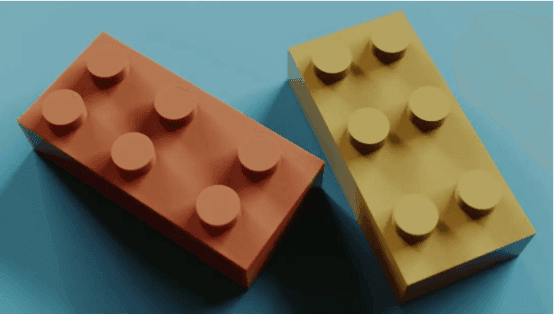
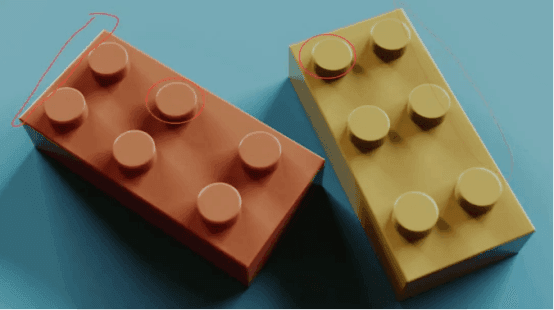
2.Make natural overgrowth at the junction of the two intersecting objects.
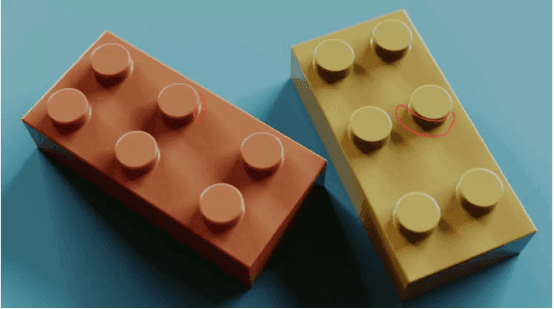
The specific way to do this is to create a Redshift Round Corners node and connect the output to the bump input of rsMaterial to create an edge chamfer effect. The Radius value controls the size of the chamfer.
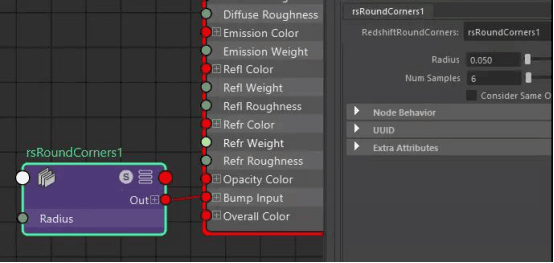
If you do not check the Consider Same Object Only, it means that all objects with this material will have a chamfer effect, and a blending chamfer effect will be formed between different objects, that is, the effect of Figure 3. If the "Consider Same Object Only" is checked, it means that there is no chamfer effect between different objects, that is, the effect of Figure 2.
Because round corners will take up the bump input, if the material itself has a bump, then the bump blending technique is needed. Create a bump blender node, mix the process bumps, and check the additive mode to get the perfect overlay effect.
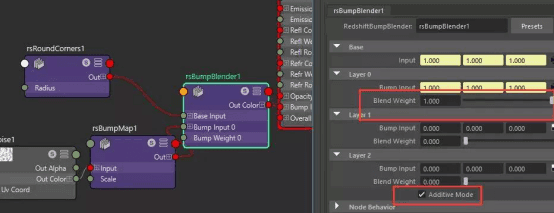
- The principle of producing good-looking highlights
When making the model, everyone knows that the model needs to be chamfered and cannot have a hard edge. Perhaps the explanation you have heard is that objects in real life cannot be so sharp, there are always some rounded arcs, the difference is only the size of this arc.
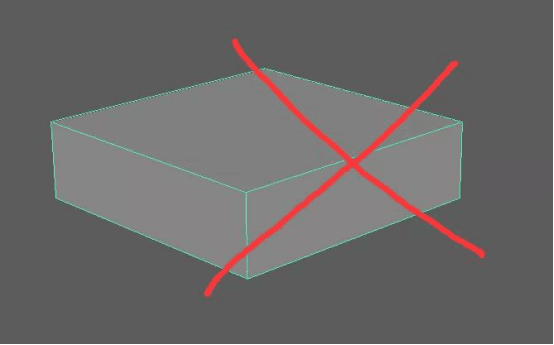
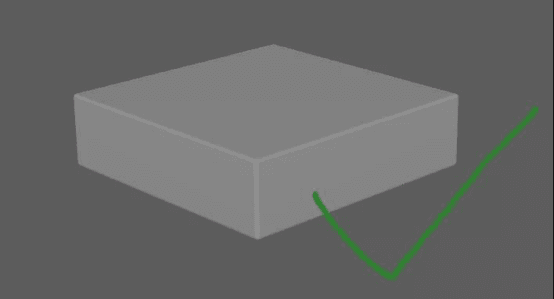
This statement is of course correct, but it is not a conclusion drawn from the perspective of rendering. As shown in the figure below, the reflection area of a square box without chamfering is shown, and the dark diagonal line marks the approximate reflection area.
The green area is marked with words, which is a reflection blind zone. It means that when the light is in this "reflection blind zone", the model can't observe the highlights. At this time, the model texture looks very much like lambert! This is a very bad phenomenon.
If the model is chamfered, then this reflection dead zone will not exist, and all the lights in the "original reflection blind zone" will form a slender and beautiful highlight on the chamfer. This will give a good representation of the texture of the material. (The reflection area of the chamfer will be very large, and it is easy to form a high light. It is easy to observe the phenomenon around it.) [1]
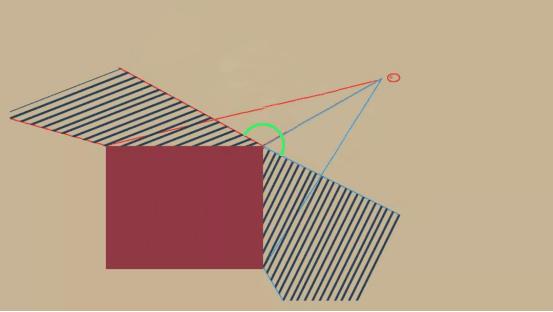
The difference between chamfering or not, the contrast between the two figures is perfectly reflected once again. Note the image below, where the highlights appear, basically in the chamfered area.
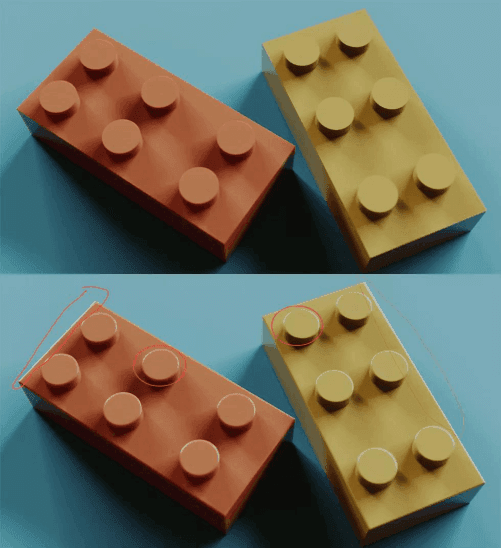
This section mainly explains the principle and flaws of forming a good-looking highlight. The specific solution is to chamfer the model, or the cheaper and convenient method is the Round Corners technology introduced in the article.
- Limitations of Round Corners technology
The chamfering effect produced by Round Corners is generated by bump. It also achieves the effect by changing the normal direction of the surface of the model, but does not change the structure of the model itself. So when the angle of observation turns to some cases, the area of the chamfer becomes When the outline of the model is observed, an abnormal visual effect is observed.
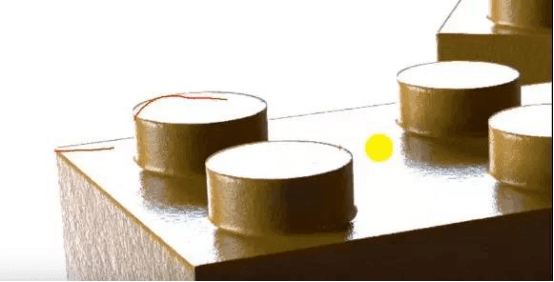
Think about it, Round Corners' chamfer is equivalent to shrinking these hard cut corners in a circle. This is a visual change; however, the real model is actually unchanged, so the conflict between the two forms. Incorrect visual effects.
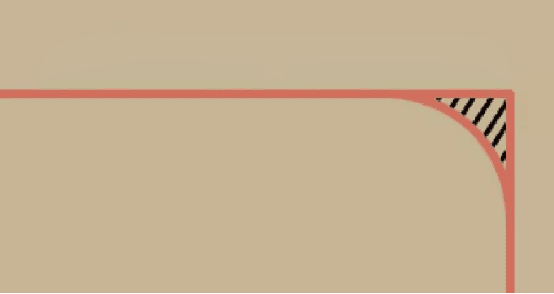
Some people may have thought that they can try to solve this problem by using the Round Corners node as a replacement. Unfortunately, both the arnold and redshift renderers are not.
At present, this problem cannot be solved temporarily. This technology is very convenient. To be clear, we use Round Corners to form very small chamfers. When the chamfer is small, it is difficult to observe the problems described in this section. We can apply this technique to the mid-range and perspective of rendering.
Very close-up close-ups are still used to achieve super high precision using model chamfering. Or when the required chamfer curvature is relatively large, it needs to be directly made on the model.
- Round Corners response to permutation
Because there are a lot of situations in which the replacement is used in the film and television rendering, I also carried out the relevant test of the replacement, and the effect is satisfactory.
The rendering of the following three images uses two patches, one of which uses a black and white checkerboard for replacement and the other with a water surface. And use the Round Corners node to control the tension between the water surface and the wall to form a curved arc.
The final result can be seen, is successful, Round Corners responded very well to the displacement effect.
In the three figures, the radius values of the Round Corners node are 0, 0.02, and 0.1 respectively.
It can be seen that 0 and 0.02 produce an essential difference in the high gloss of the contact surface. It is exactly the same as the content explained in the previous article.
The effect of 0.1 is actually wrong. It can be seen that the amount of curvature generated by the water surface is obviously too large, but this is more likely to have a high light effect.
Radius = 0
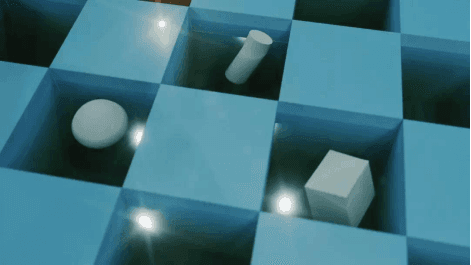
Radius = 0.02
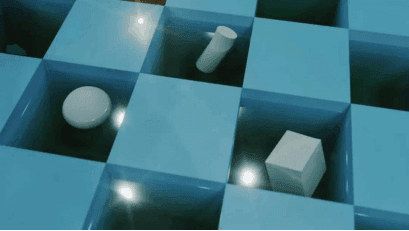
Radius = 0.1
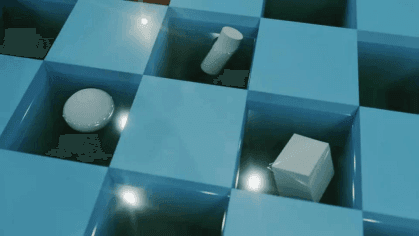
Model screenshot
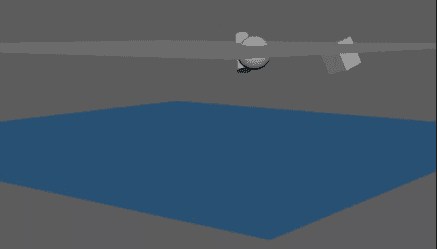
- Redshift Round Corners practical application (with scanning material)
Finally, with the application of the scanning material, the effect here is closer to the actual production application in the project. What quality effect Round Corners can achieve.
A
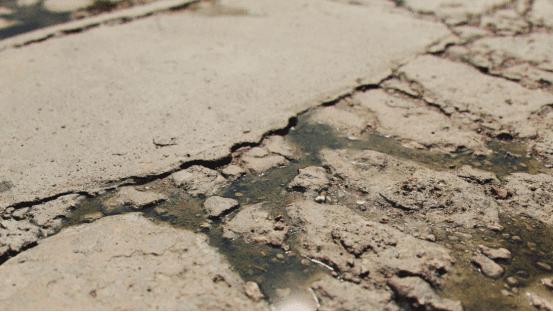
B
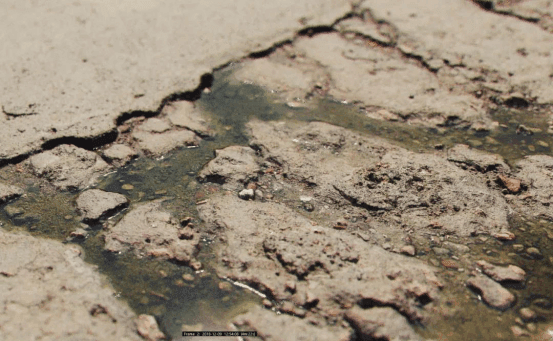
C
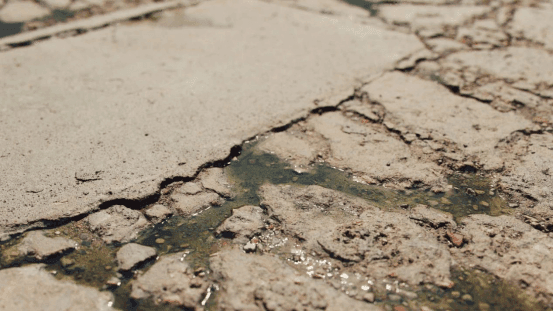
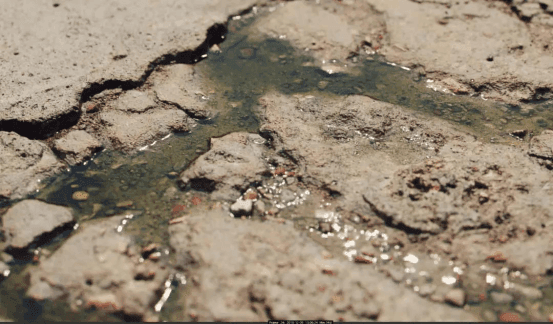
We hope this article helps you get to know Redshift Round Corners.
It is well known that Fox Renderfarm is an excellent cloud rendering services provider in the CG world, so if you need to find a Redshift render farm, why not try Fox Renderfarm, which is offering a free $25 trial for new users? Thanks for reading!
Reference: Daiwei
Recommended reading
Top 9 Best And Free Blender Render Farms of 2025
2024-12-30
What is Jibaro? Reveal the Story and Techniques Behind the Production of Jibaro "Love, Death & Robots"
2025-11-03
Top 10 Free And Best Cloud Rendering Services in 2026
2025-12-26
9 Best & Free 3D Rendering Software for Architects & Designers
2025-12-08
Top 8 After Effects Render Farm Recommended of 2025
2025-02-10
Easy Cel Shading Tutorial for Cartoon in Blender Within 2 Minutes
2025-11-26
Shocked! The Secret Behind Using 3D to Make 2D Animation was Revealed!
2025-02-10
How to Render High-quality Images in Blender
2024-12-04
Partners
Previous: Maya 2018 Arnold's Method of Making Motion Vector Blur in AOV Channel
Next: Cinema 4D Tutotial: How to Create Ripple Animation With Field?
Interested
